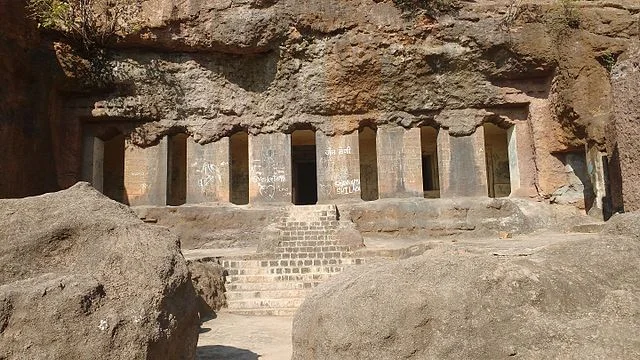The Dharashiv Caves, also known as the Dharashiv-Lonai Caves, are a complex of rock-cut caves located near the town of Dharashiv in Maharashtra, India. These caves date back to the 3rd century BC to the 2nd century AD and feature intricate carvings and sculptures. The site has significant historical and archaeological importance, representing the artistic and architectural styles of ancient India.
Get your dose of History via Email
Historical Background
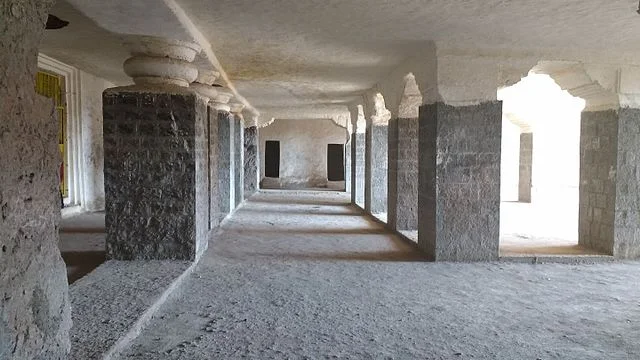
The Dharashiv Caves belong to the Western Indian rock-cut architecture tradition. Scholars believe that these caves served as monastic quarters for Buddhist monks. The caves likely provided a place for meditation, living, and rituals.
The location of the caves near trade routes suggests that they were a center of religious and cultural exchange. They reflect the influence of Buddhism in the region during ancient times.
Architectural Features
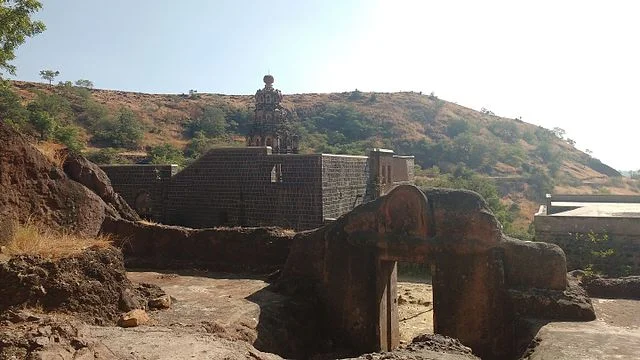
The complex consists of several caves, each with unique features. Cave 1, the most prominent, showcases a chaitya hall with a stupa at the end. The hall’s design reflects the traditional Buddhist architectural style, characterized by an arched entrance and vaulted ceilings.
The walls of the caves are adorned with intricate carvings, depicting Buddhist symbols, figures of Bodhisattvas, and other motifs. These carvings illustrate the artistic skills of the craftsmen who worked on the site. They also provide insights into the religious practices of the time.
Inscriptions and Epigraphy
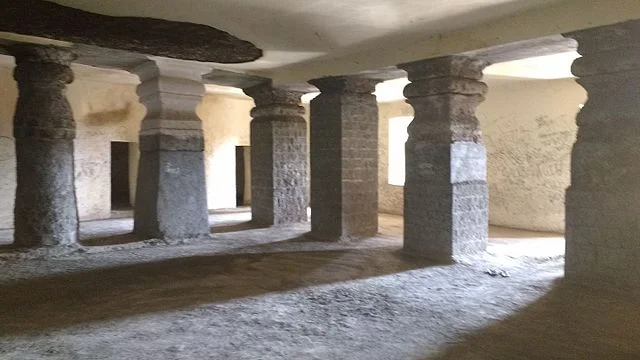
The caves contain inscriptions in Brahmi script, dating from the 2nd century BC to the 4th century AD. These inscriptions offer valuable information about the patrons who sponsored the caves and the religious activities conducted within them. They highlight the connections between local rulers and the Buddhist community.
Scholars study these inscriptions to understand the socio-political dynamics of the period. The texts reveal the presence of various dynasties in the region, including the Satavahanas, who played a crucial role in promoting Buddhism.
Cultural Significance
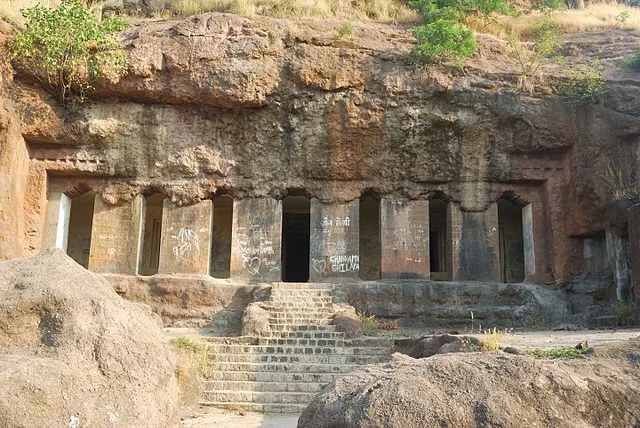
The Dharashiv Caves represent an important phase in the development of Buddhist art and architecture in India. They contribute to the understanding of the spread of Buddhism in Maharashtra and its interaction with local cultures.
Moreover, the caves have become a significant tourist attraction, drawing visitors interested in history and archaeology. They provide a glimpse into the religious practices and artistic expressions of ancient India.
Preservation Efforts
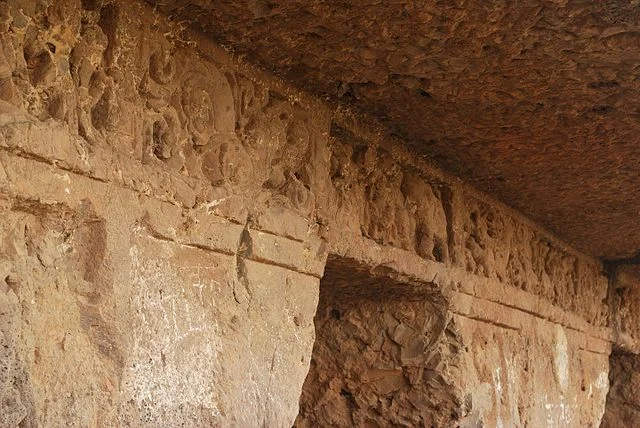
Preserving the Dharashiv Caves is essential for maintaining their historical and cultural significance. Various organizations and the Archaeological Survey of India (ASI) have undertaken restoration projects. These efforts aim to protect the caves from natural degradation and human impact.
Regular maintenance helps ensure that the intricate carvings and structures remain intact for future generations to study and appreciate.
Conclusion
The Dharashiv Caves offer a fascinating insight into ancient Indian architecture and Buddhism. Their historical significance and artistic beauty make them a valuable part of India’s cultural heritage. Ongoing research and preservation efforts will continue to shed light on this important archaeological site.
Source:

